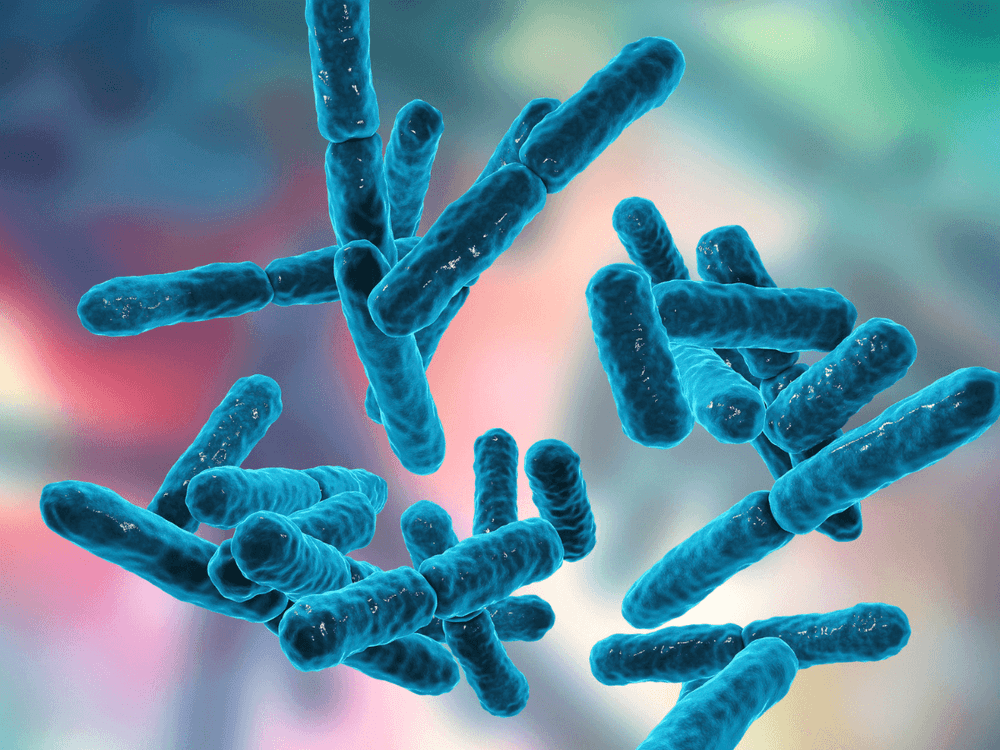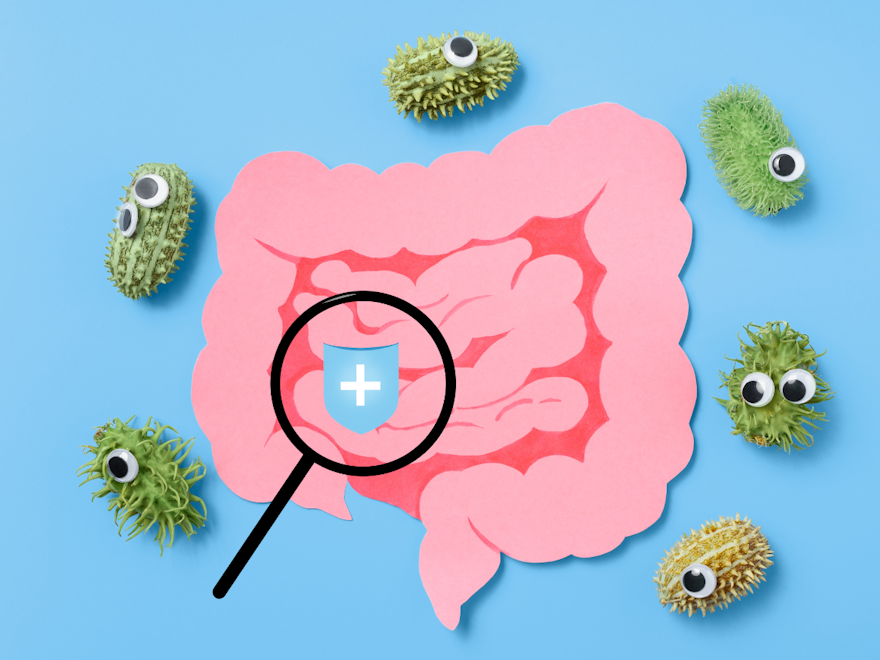Probiotics are increasingly taking over our medicine cabinets and pharmacy shelves. The boom in microbiota research over the last thirty years has revealed the many benefits of these micro-organisms for our well-being. And today, taking a probiotic cure is a common health practice.
So what are the benefits of probiotic cures? How do you make the most of a probiotic cure? We explain it all in this article.
What are probiotics?
Probiotics are officially defined by the WHO (World Health Organization) as " living micro-organisms (bacteria, yeasts, fungi...) which, when ingested in sufficient quantities, exert a beneficial effect on health, beyond the traditional nutritional effects."
Our bodies are home to different populations of probiotic bacteria that form several types of flora: skin flora, oral flora, vaginal flora and digestive flora, also known as intestinal microbiota.

The different types of probiotics
There are different types of probiotics, including probiotic bacteria and yeasts (fungi).
There are 4 different genera of probiotic bacteria, covering a wide range of species: Lactobacilli, Bifidobacteria, Streptococci and Lactococci. The Lactobacillus and Bifidobacteria genera are the most widely cited for our health.
- Lactobacilli:
With over 120 different species, Lactobacilli are the best-known and most studied genus. Lactobacilli bacteria produce lactic acid. These species are found in our intestines, as well as in dairy products and fermented foods such as miso and sauerkraut. Here are just a few:
- Lactobacillus gasseri
- Lactobacillus reuteri
- Lactobacillus rhamnosus
- Lactobacillus casei / paracasei
- Lactobacillus plantarum
- Lactobacillus acidophilus - Bifidobacteria:
These bacteria are naturally present in our digestive system, and breastfeeding is favorable to their implantation. Here are the best-known species:
- Bifidobacterium bifidum
- Bifidobacterium infantis
- Bifidobacterium lactis
- Bifidobacterium longum - Finally, among yeasts, Saccharomyces cerevisiae is the most commonly used species, with its variety Saccharomyces boulardii. These yeasts are found in our digestive system, particularly in the intestine.

The benefits of probiotic cures
Under the effect of various lifestyle factors (stress, poor diet, lack of sleep, physical activity...), our different flora can become unbalanced, resulting in discomfort.
Scientific studies have shown that taking probiotic cures helps to improve the balance of our different microbiota, and more particularly that of our intestinal microbiota, which plays a major role for our organism on several levels: our digestive health, the effectiveness of our immune defenses, our psychological health, our metabolism and weight management...
Here are the main benefits of probiotic cures:
- Improving digestion and digestive comfort
- Regulating transit
- Combating chronic constipation
- Calming episodes of diarrhea
- Strengthening natural defenses
- Alleviating anxiety, depression and stress
- Better weight management
- Promoting urinary tract health
- Promoting vaginal health
Probiotics and natural defenses : discover our article on natural solutions to boost immunity.
How to choose the right probiotics?
Depending on your needs, a healthcare professional such as your pharmacist can help you choose the right probiotic.
Quality probiotics specify the strain(s) used by indicating:
- the species: e.g. Lactobacillus,
- followed by the genus: Lactobacillus gassseri,
- followed by a number precisely identifying the strain used: Lactobacillus gasseri CNCM I-5076.
Looking for probiotics delivered in gastro-resistant capsules is also a guarantee of effectiveness, as bacteria arrive in the stomach in an acid environment hostile to their survival. Gastro-resistant capsules protect the bacteria in the stomach, enabling them to arrive alive and intact where they are most effective, namely in the intestine.

How long does a course of probiotics last?
The duration of a probiotic cure varies according to the problem being treated. Your healthcare professional will be able to tell you more.
It is generally accepted in clinical studies that, to be effective, a course of probiotics should be taken continuously over a period of 1 to 3 months. This is the time needed for the bacteria to colonize their site of action. The speed with which benefits appear can vary from one individual to another. It is therefore possible to extend the treatment beyond 3 months. In case of doubt, it is advisable to seek the advice of a pharmacist or other healthcare professional.
To complement a course of probiotics, we recommend supporting our intestinal flora with foods that have a prebiotic action. Prebiotics act as "food" for probiotic bacteria, enabling the development of "good bacteria" - those that will have a beneficial effect on our health. Dietary fibers found in fruits and vegetables are an excellent source of prebiotics.

